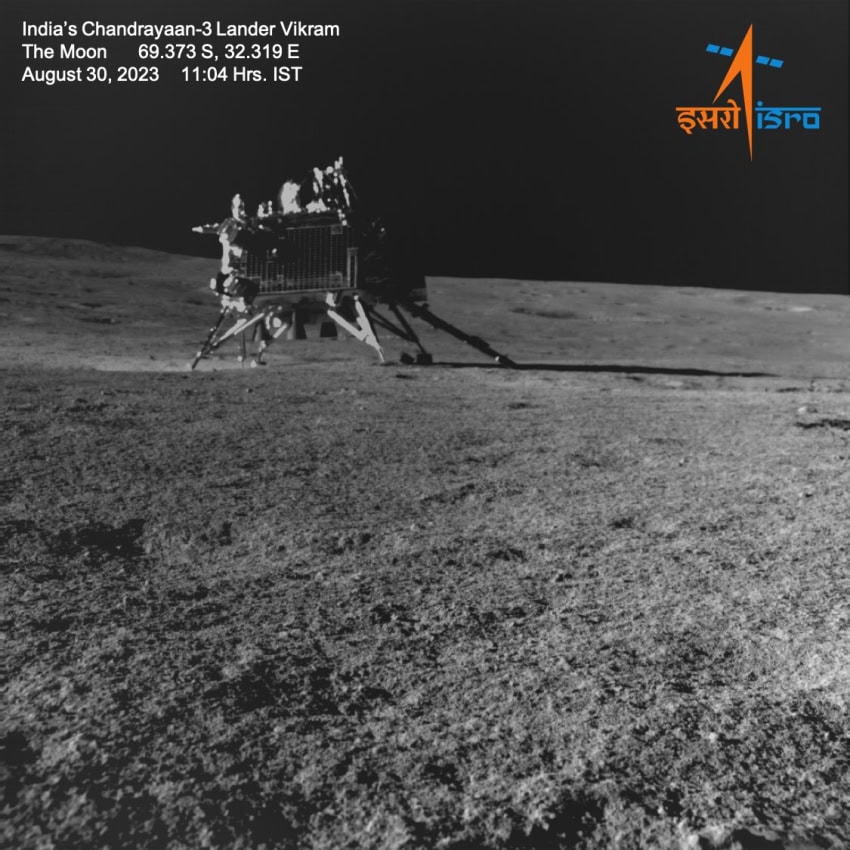Asmad Bin Ali
On August 30, India achieved a significant milestone as they successfully landed their spacecraft on the southern region of the moon. At precisely 6:04 pm (1234GMT), Chandrayaan 3 made a successful touchdown. The term “Chandrayaan,” derived from Sanskrit, translates to “mooncraft.” This mission held immense importance for India, as evidenced by the elated Prime Minister’s live podcast appearance. During this broadcast, he sported a broad smile while waving the Indian flag, remarking, “India’s triumphant lunar mission is not solely our own achievement; this success belongs to all of humanity.
“The journey of Chandrayaan 3 to the moon was not without its challenges. Unlike the Apollo missions, which were propelled by advanced technology, Chandrayaan 3 faced delays due to power and technological limitations. As a result, the probe had to make several orbits around the Earth to gather the necessary speed for its month-long voyage.
One of the mission’s remarkable components is the lander Vikram, which has been capturing and transmitting images of Earth’s surface since August 5 after entering the lunar orbit. Vikram is equipped with a solar-powered rover designed to explore the moon’s surface and transmit invaluable data back to Earth within its two-week operational window.
India accomplished this ambitious mission at a relatively low cost of $74.6 million. This feat was made possible by leveraging existing technology and the expertise of their skilled engineers, who remained dedicated without imposing a significant burden on the budget. The Indian Space Research Organization (ISRO), responsible for this achievement, had experienced setbacks due to the failure of Chandrayaan 2 in 2019. The mission control lost contact with Chandrayaan 2 just moments before its intended landing, leading to a setback that further underscored the significance of Chandrayaan 3’s success.
To date, only Russia, the United States, and China have achieved controlled lunar landings. Russia’s recent attempt in August held the potential to make history by landing a spacecraft on the moon’s southern side. However, Luna 25 encountered an unforeseen incident and crashed on Saturday as it was poised for landing, marking a poignant reminder of the complexities and challenges of space exploration.














